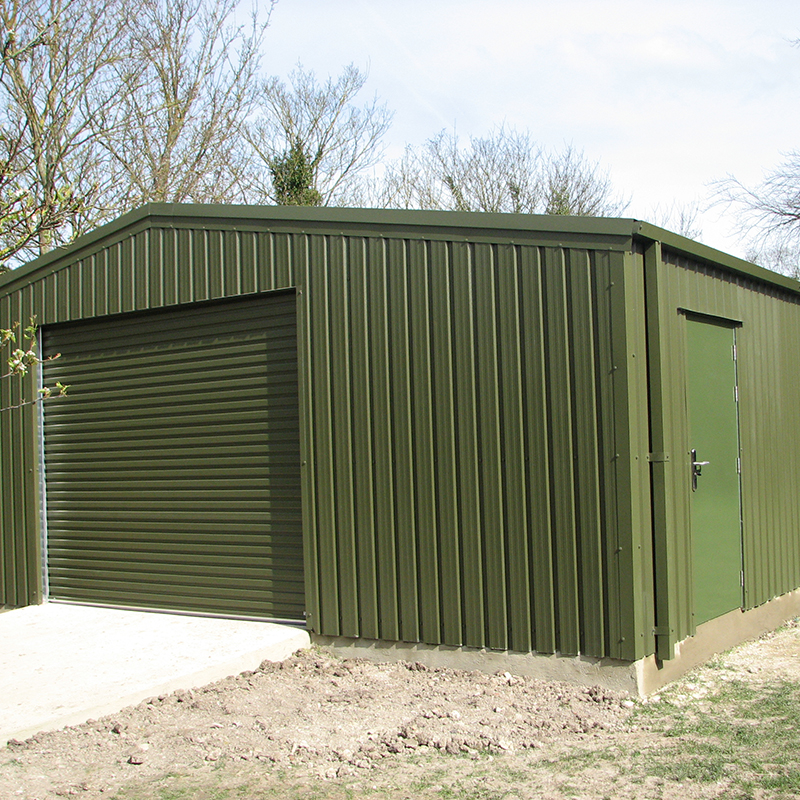The steel structure industry is entering the fast lane of development, and the listed companies whose main business is steel structure perform well.However, in the past few years, the growth rate of the steel structure industry has not been eye opening.For a long time, China’s steel structure industry has maintained a medium to low growth rate.
From the industry point of view, the cost, consumer acceptance and the mismatch between upstream and downstream production and demand are the key to limit the industry market explosion.Nie Jianguo, an academician of the Chinese Academy of engineering, said at the 2017 national building steel structure industry conference that the assembly level of the industry is low at present.”Unreasonable design will lead to complex structure, difficult construction, large amount of steel and high cost, which will lead to poor economy.”
With the development of our country, we began to solve the problems encountered in the development of steel structure industry.In 2016, the general office of the State Council issued the guiding opinions on vigorously developing prefabricated buildings, which clearly defined the objectives and tasks of vigorously developing prefabricated buildings. The development of prefabricated houses has become a national strategy.In particular, the Ministry of housing and urban rural development officially issued three sets of national standards of prefabricated building standards this year.In the future, there will be significant changes in the industry structure.From the perspective of competitive structure, the impact of business efficiency differentiation within the industry has begun to show.
At present, the scale of the steel structure market has also begun to accelerate and expand, promoting the “fetal movement” of the steel structure industry.In the industry, factors that increase urban population density “have been very successful.”.In fact, the rapid growth of population density in China’s first tier cities has indeed accelerated the promotion of steel structure buildings in China.
In less than 10 years, the population density of Beijing, Shanghai and Shenzhen, three first tier cities, has increased by more than 40%, while in Shenzhen, where the restrictions on population inflow are relatively small, it has reached 70%.The rapid increase of population density makes people’s demand for living space more and more urgent.Due to its light weight, prefabricated building has obvious cost and energy consumption advantages in high-rise and super high-rise buildings.At the State Council level, Beijing, Tianjin, Hebei, Yangtze River Delta and Pearl River Delta are also listed as “key promotion areas”.
Post time: Jul-16-2020

